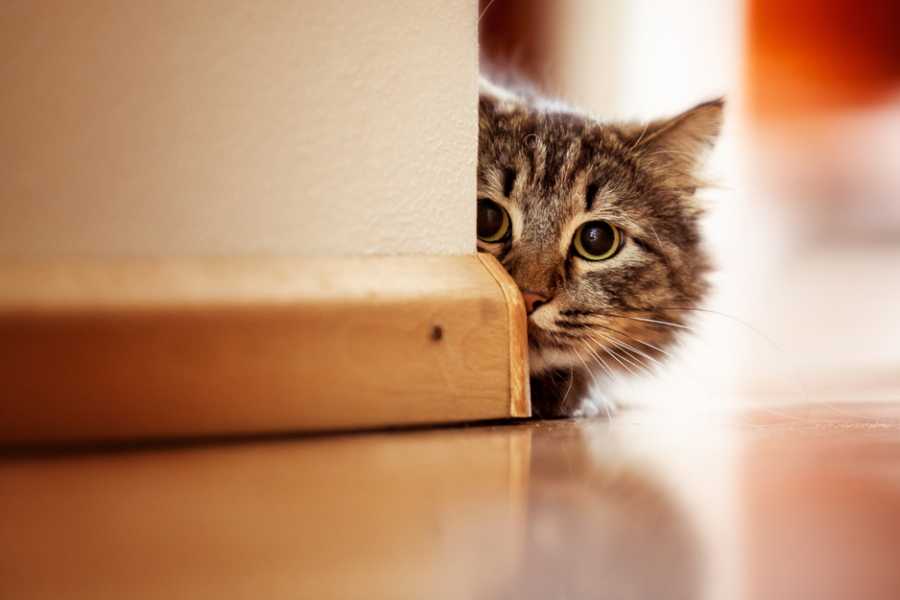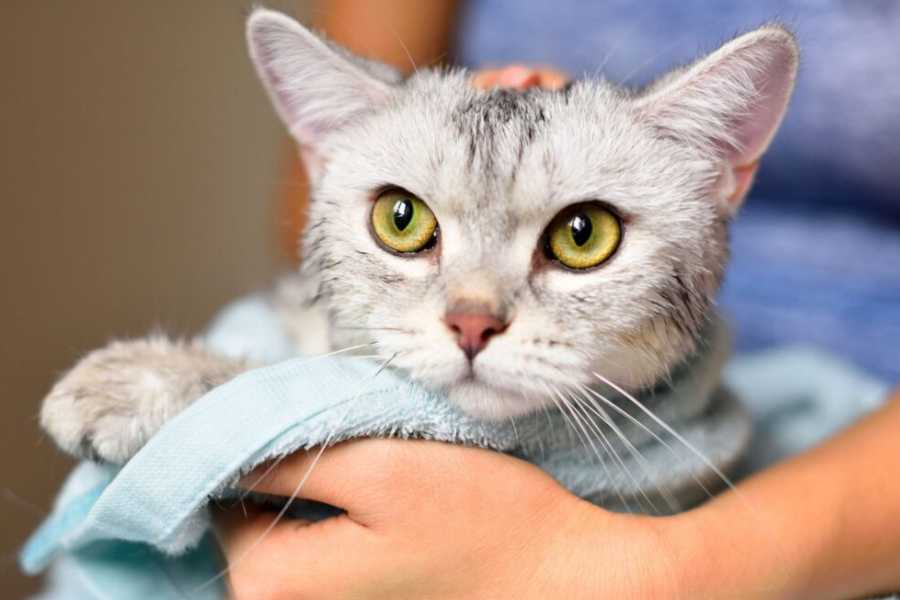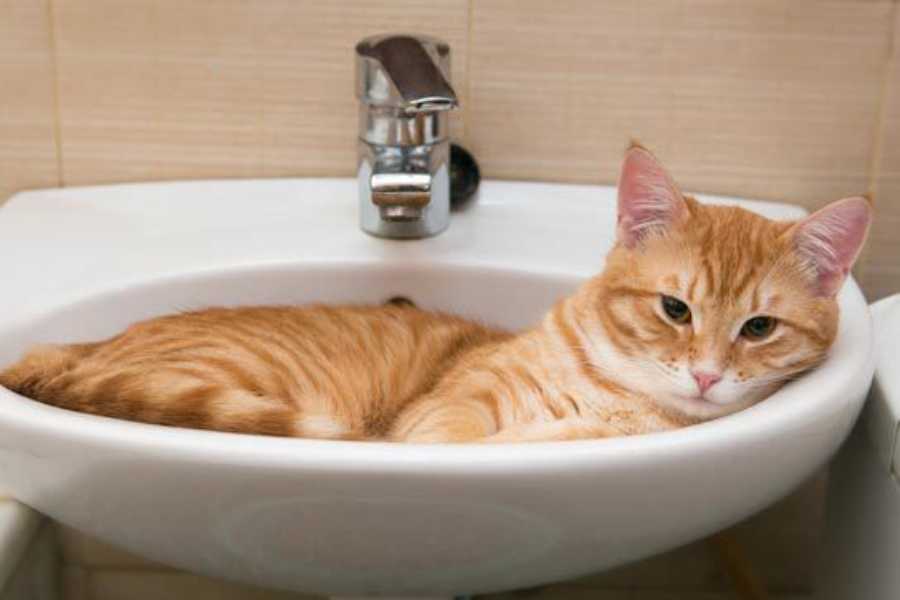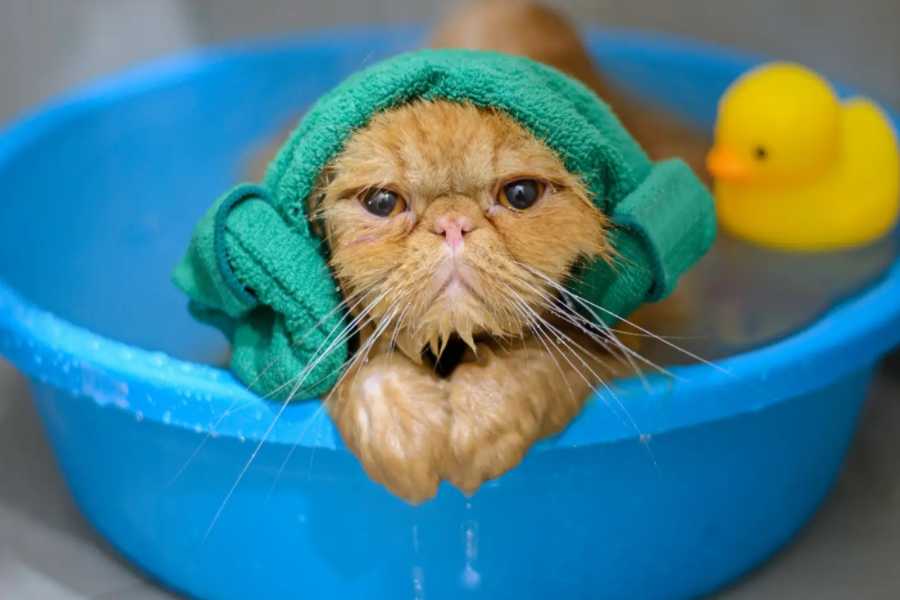How to Bathe a Cat Without Getting Scratched

How to Bathe a Cat Without Getting Scratched? ![]()
Bathing a cat can be a daunting task, especially if your feline friend isn’t a fan of water. But sometimes, it’s necessary to give your cat a bath, whether it’s due to a messy accident, a flea infestation, or a skin condition.
The challenge is to do it without turning the experience into a scratching spree. In this post, we’re going to guide you through the process of bathing your cat without getting scratched.
Preparing for the Bath 🛁

Before you even think about turning on the tap, it’s crucial to prepare everything you’ll need for the bath. This includes cat-friendly shampoo, a large towel, a non-slip mat for the sink or tub, and a pitcher for rinsing.
Having everything within arm’s reach will make the process smoother and quicker, reducing the stress for both you and your cat. ![]()
Creating a Calm Environment 🧘♀️

Cats are sensitive to their environment, and a calm atmosphere can make a big difference in their comfort level during bath time. Try to choose a quiet time of day when your household is calm.
You might also consider using a feline pheromone spray in the bathing area to help soothe your cat’s nerves. These sprays mimic the natural pheromones that cats produce, which can help them feel more secure and relaxed.
The Bathing Process 🚿

Start by placing your cat in the sink or tub, standing on the non-slip mat. Use the pitcher to gently wet your cat’s fur, avoiding the face. Then, apply the cat-friendly shampoo, working it into a lather from the neck down. Rinse thoroughly, making sure to remove all the shampoo.
Remember, cats are not big fans of water, so keep your movements slow and gentle. Praise your cat throughout the process to reassure them. This positive reinforcement can help your cat associate bath time with positive feelings, making future baths easier.
Drying Off 🌬️

Once the bath is over, wrap your cat in a large towel and gently pat them dry. Avoid rubbing, as this can cause matting. Some cats may tolerate a hairdryer set on a low, warm setting, but many will find the noise frightening.
It’s usually best to let your cat air dry in a warm, draft-free room. ![]()
Post-Bath Rewards 🎁

After the bath, give your cat a treat or their favorite wet food as a reward. This can help create positive associations with bath time, making it easier for future baths.
Remember, most cats are excellent self-groomers and don’t need frequent baths. However, when a bath is necessary, these steps can help make the process less stressful for both of you. For more tips on cat care, check out our other articles on why my cat has bad breath: causes and remedies and what can I give my cat to improve his coat.
When to Seek Professional Help 🏥

If your cat becomes overly stressed or aggressive during bath time, it may be best to seek professional help. Many pet grooming salons offer cat bathing services, and they are equipped to handle fussy felines.
If your cat has a skin condition that requires regular bathing, your vet can provide advice or may even recommend a veterinary dermatologist. ![]()
Conclusion 🎯

Bathing a cat without getting scratched can be a challenge, but with the right preparation and approach, it can be done. Remember, the key is to make the experience as calm and quick as possible for your cat. And when in doubt, don’t hesitate to seek professional help.
At pawsadviser.com, we’re dedicated to providing you with the best advice for all your pet care needs. Whether you’re wondering why your cat won’t eat wet food or how to tell when your cat is pregnant without going to the vet, we’ve got you covered.
Happy pet parenting! ![]()
Tags
Share
Table Of Contents
Related Posts
Quick Links

